HISTORICAL BACKGROUND
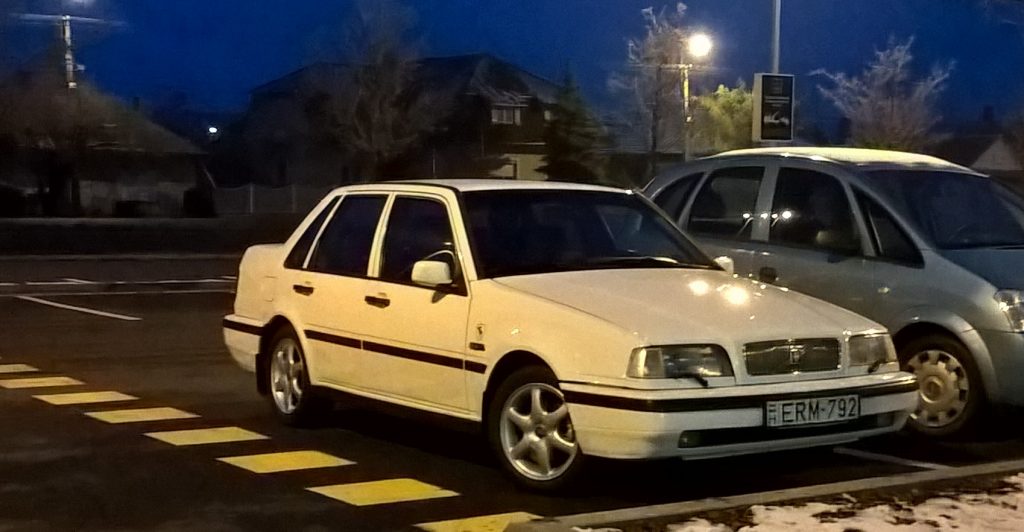
We review a small slice of the history of the VOLVO passenger car manufacturing division, the period of the appearance of the last rear-wheel drive models and the first front-wheel drive models. In 1982, the long-awaited 760 was released as the successor to the second series, which became one of the most successful large cars and the flagship of the factory. The deservedly popular model lived on in the 940-960-S90/V90 (see pages 760 and 960!) as the last classic rear-wheel drive VOLVO. The evolution of the number of VOLVO passenger car types produced up to 2001 HERE! Already in the early eighties, in addition to the classic rear-wheel drive, front-wheel drive appeared on the design tables (LCP 2000 car). VOLVO launched the Galaxy I (12). and II. projects, the result of which was the four model family and the 850. The LCP, the lower mid-range fours and the mid-range 850 started the Swedish company on the already mature path of front-wheel drive.
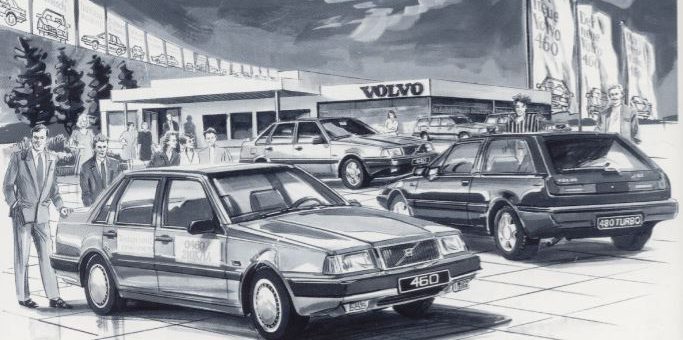
THE FIRST FRONT-WHEEL DRIVE VOLVO
in the company’s history was the 480. It was presented in October 1985 in Geneva, and its distribution began in 1986. In chronological order, the 480 was followed by the compact five-door 440 and finally the four-door, more conservatively shaped 460 closed the line in 1989. The lower mid-range four-wheel drive vehicles were made in Born, the Netherlands, and their production cycle was 12 years. Their production was discontinued in 1996, and the model was succeeded by the S/V40 built on the Mitsubishi chassis. The largest number of units sold was the 440, the second was the most recently introduced 460 (manufactured units HERE!). Despite its form and technical innovations that were far ahead of its time, the fewest ones were made from the 480, which was the first to be introduced. The well-maintained 480s, which are slowly reaching veteran age, are more and more sought-after, and their prices are constantly rising.

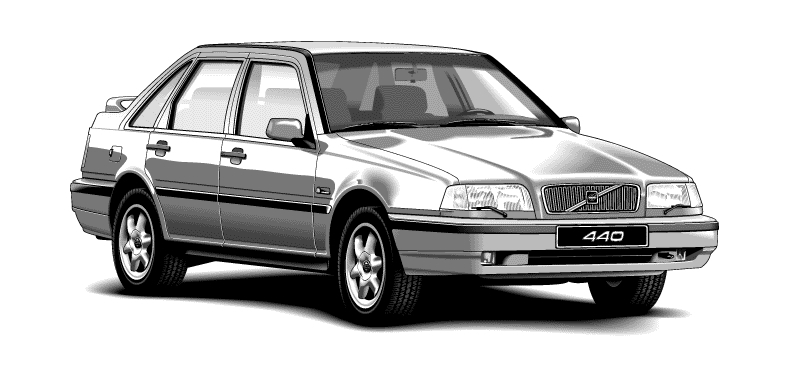
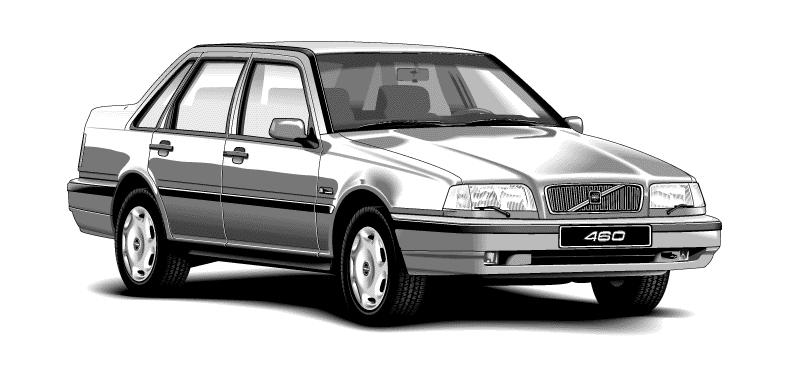
ENGINE AND GEARBOX
The Renault-Peugeot-Volvo collaboration goes back several decades; one of the spectacular results of this was the V6 PRV power source, which was also included in the 760s, but it was also installed in the DeLorean sports car.
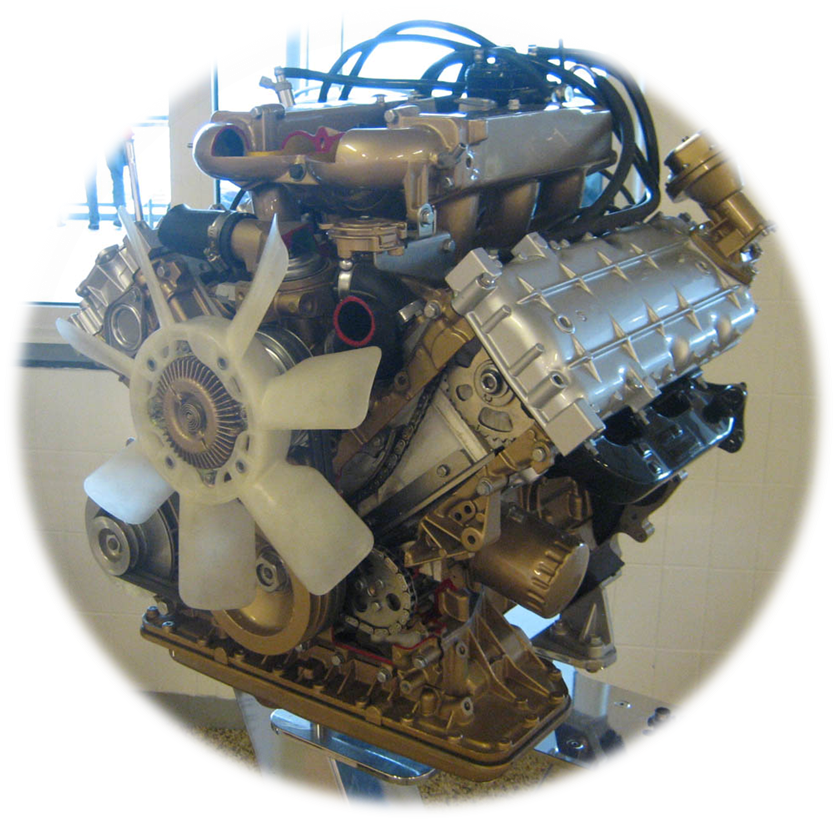
The 340-360s were also equipped with Renault engines/transmissions, the fours also received a four-cylinder block of French R19-21s. Among the gasoline engine versions, there was a carbureted, central and cylinder-by-cylinder injection version, with a turbocharger and intercooler; Engines with a cylinder capacity between 1.6 and 2.0 were produced. The 1.9 TD was introduced in 1994, it was a Renault diesel engine. The mechanical manual transmission also has a French version with 15 gear type. The automatic continuously variable CVT transmission is our own development, there was also a version equipped with a ZF4 automatic transmission.

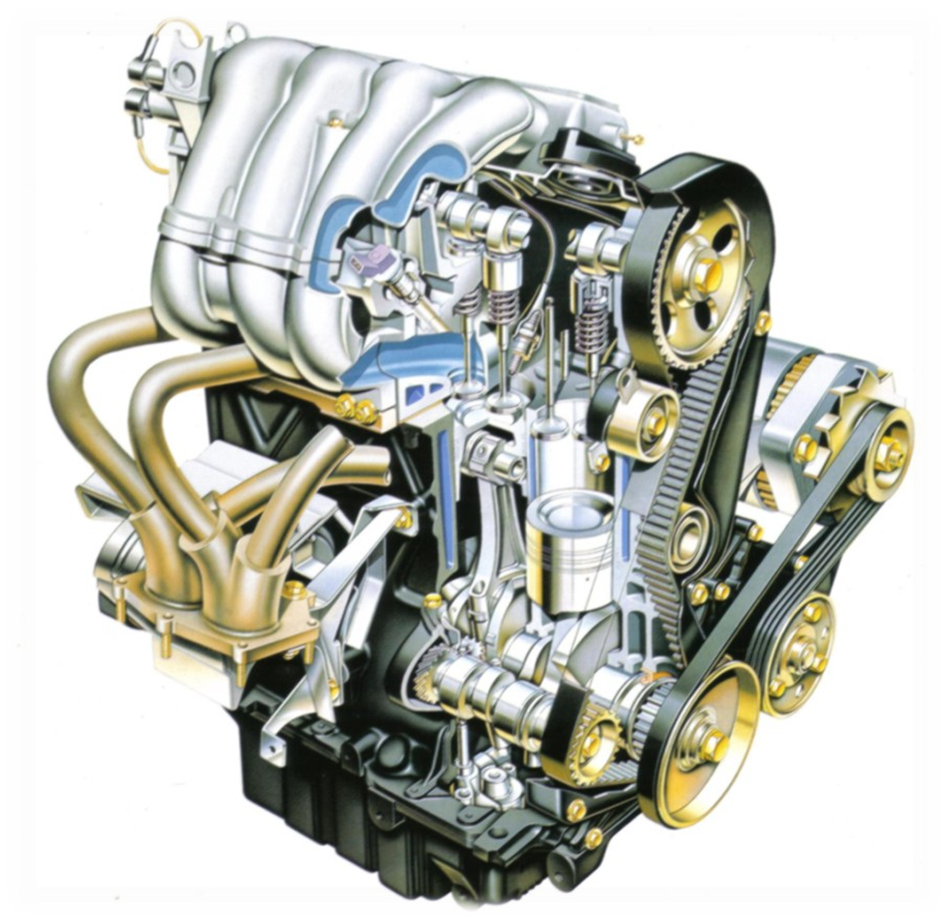
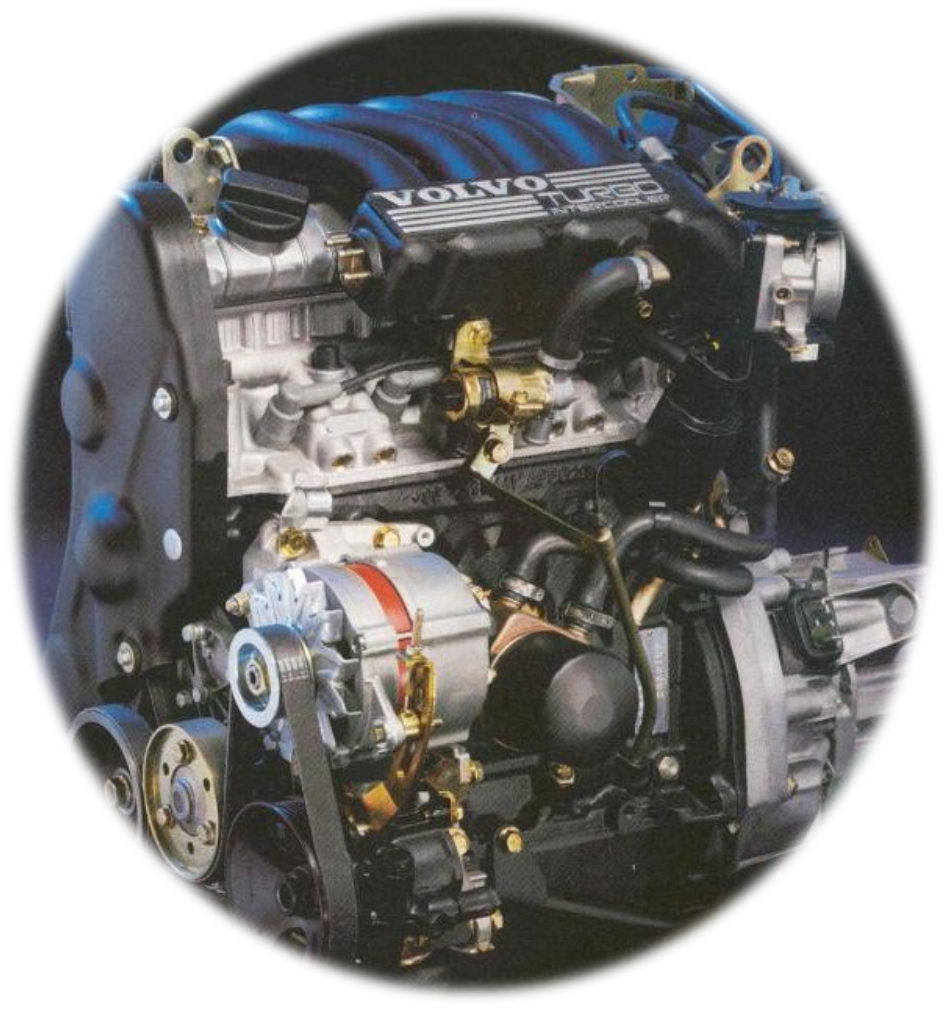
UNDERCARRIAGE AND BREAK
The family of 4XX received the MacPherson suspension system of front-wheel drive cars. The front chassis is connected to an auxiliary chassis frame, where the engine is located. The motor mounts and the anti-vibration telescope effectively filter vibrations.
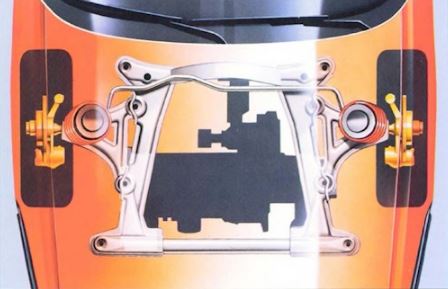
The power-assisted rack-and-pinion steering is not the most direct, but it does its job perfectly. The motor cradle must be protected from corrosion, it is prone to corrosion and can easily break after that! The steering gear of cars mainly used in the city can be repaired, and its useful life can be extended by refurbishing. The stabilizer bar is connected to the chassis via reaction rods. The rear suspension is the simplest possible (cheapest) rigid axle construction, with coil springs, stabilizer and reaction bars. The bridge is connected to the chest via four swing arms, and its lateral movement is prevented by the Panhard rod. The 480-440 T came standard with stabilizer bars for the rear axle; this was listed as an extra available for naturally aspirated engines.
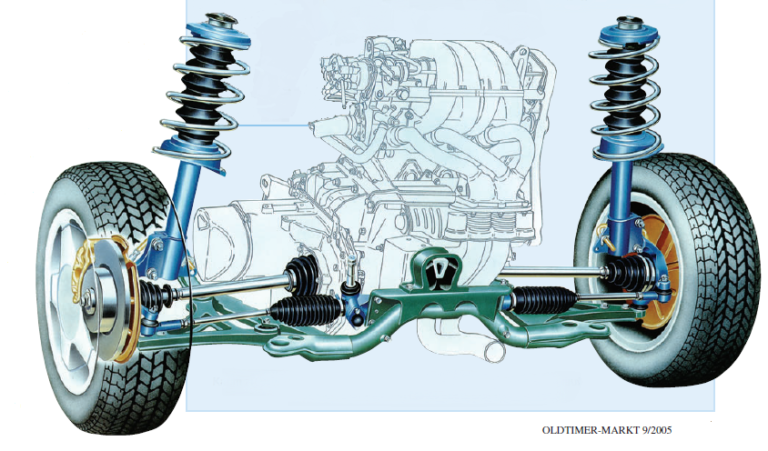
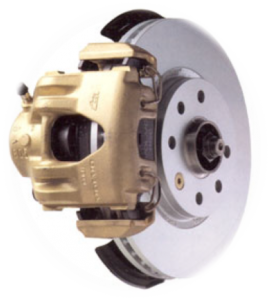
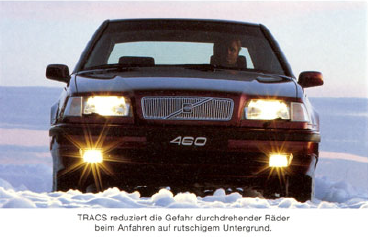
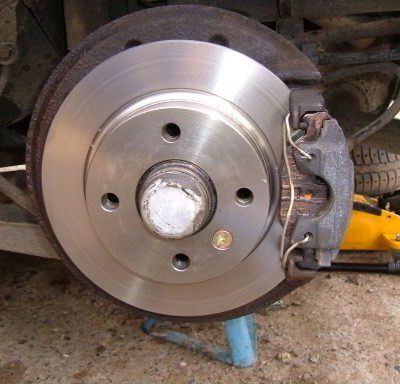
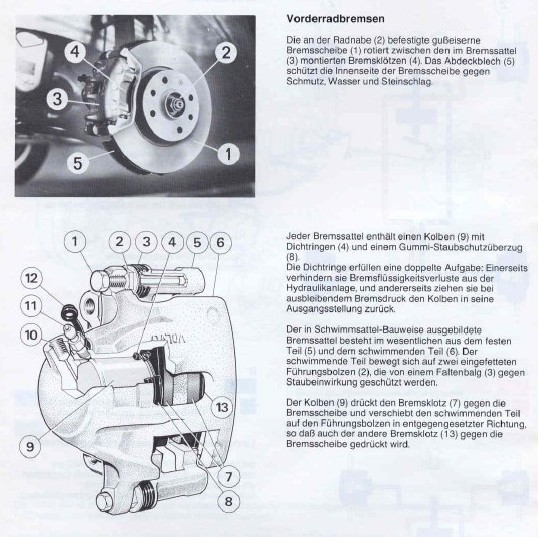

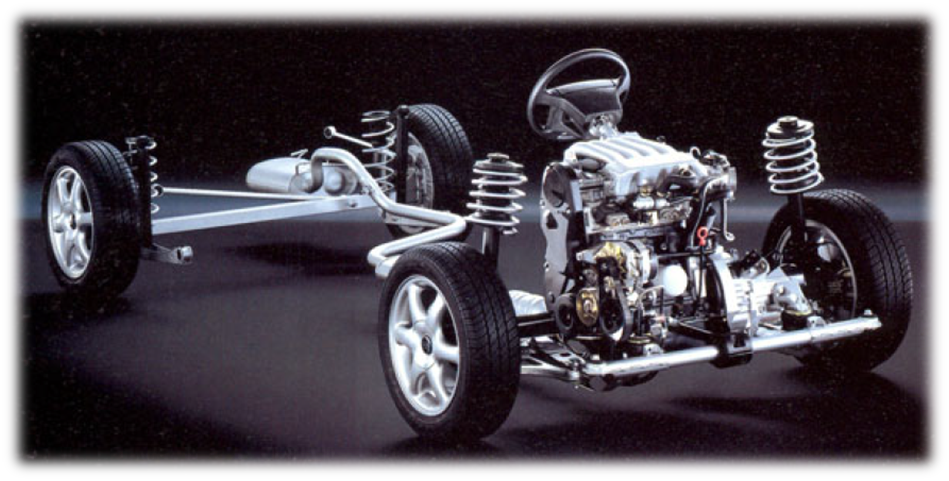
BODYWORK
The self-supporting body, partially galvanized, with more plastic body elements than the 480: in order to reduce weight, the entire hood, elements of the side windows, the lower engine cover, and the front and rear bumper shells are made of plastic.
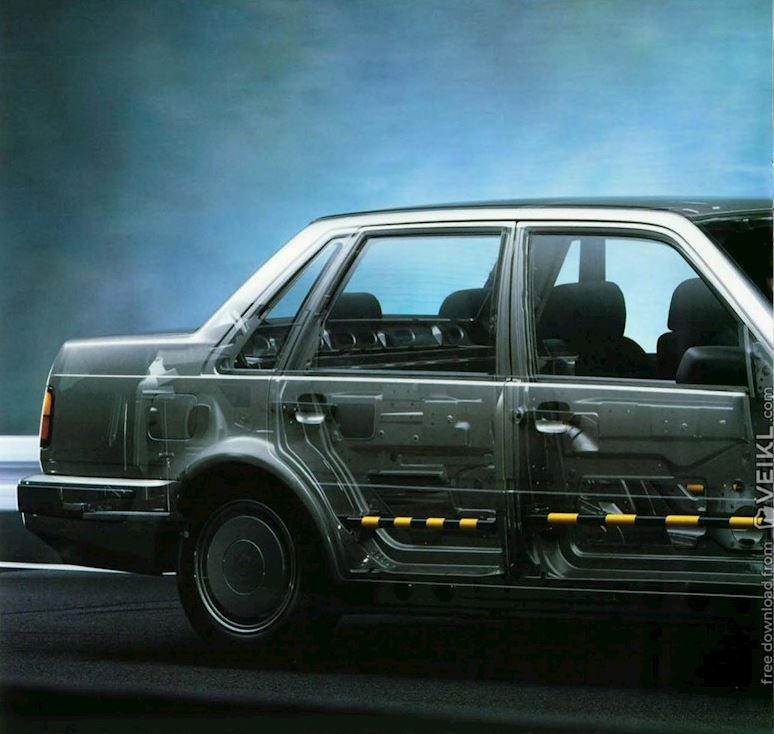
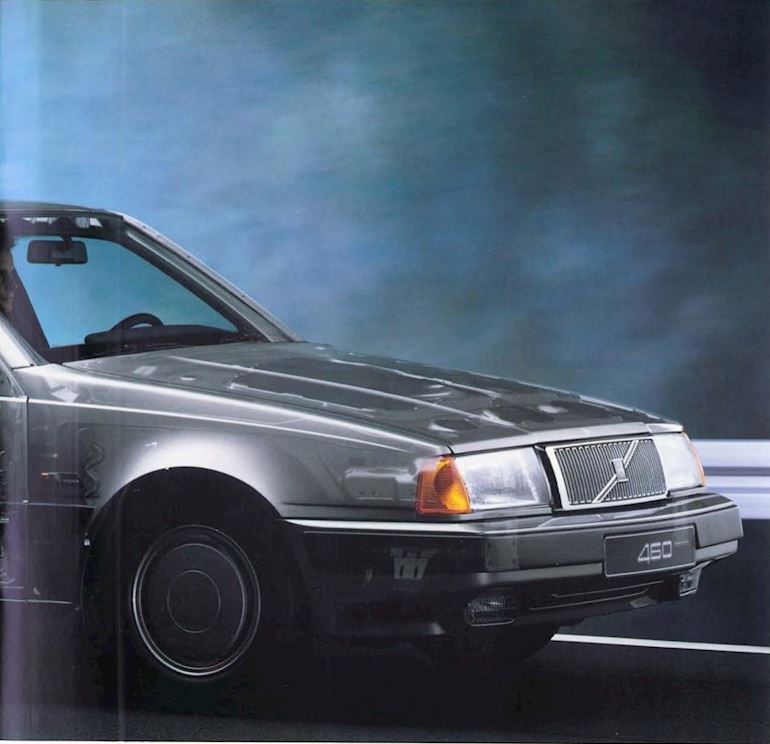
The side doors of all three models received extra reinforcement, and high-strength pipes were installed. The roof is also reinforced, the passenger compartment and the passengers are protected by front and rear crumple zones that provide maximum protection in frontal and side collisions.
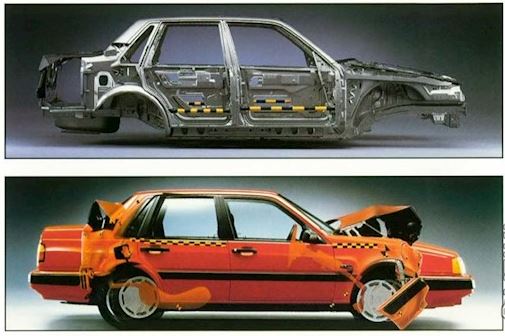
The number of colors used for painting the bodies continued to expand until 1995, see the color codes used for the 480 between 1986 and 1995 (Source: volvo480clubeurope).
PASSENGER SPACE
In the early 1990s, Swedish-Dutch engineers designed one of the most mature interiors of the lower-middle category. Everything is human-centered, ergonomics-comfort-safety guided the designers. The front seats with safety headrests can be adjusted in a wide range, the seat height and the tension of the backrest can also be customized.
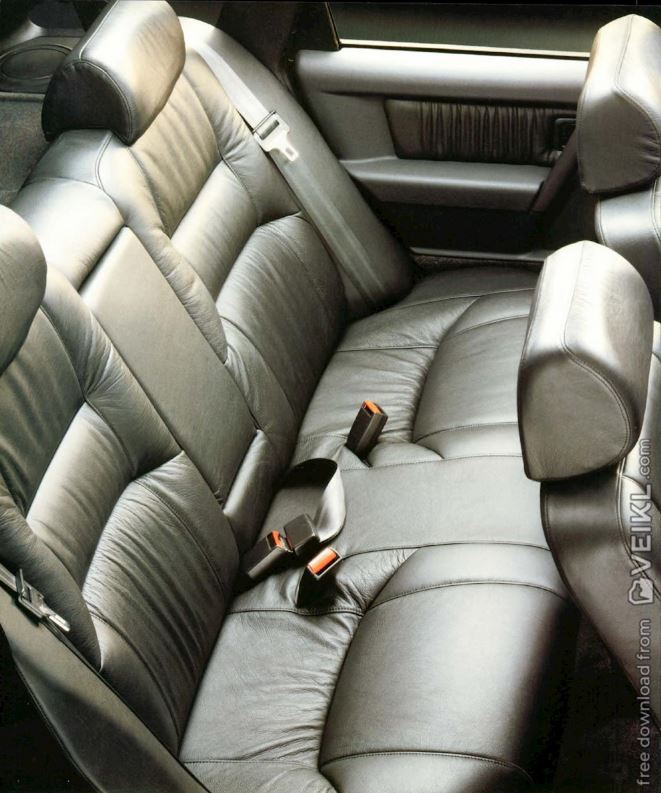
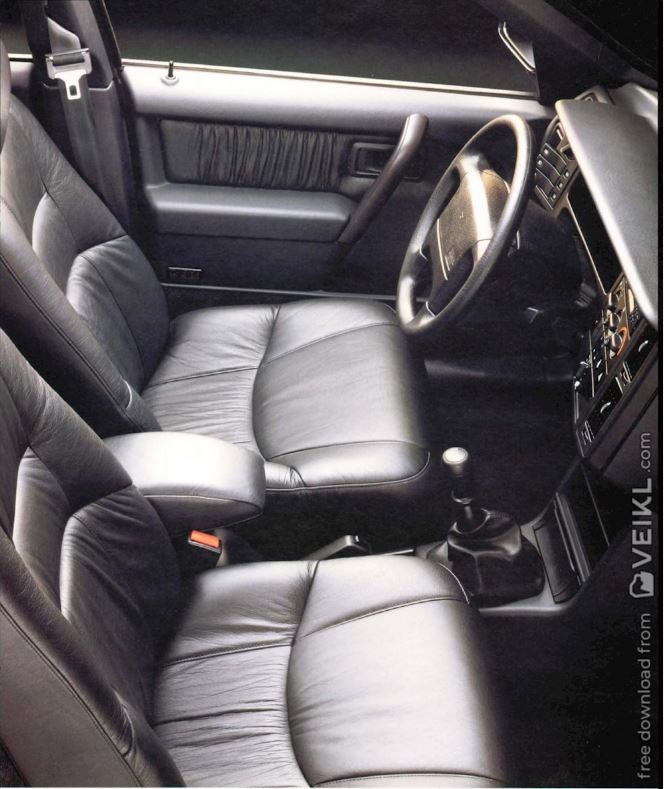
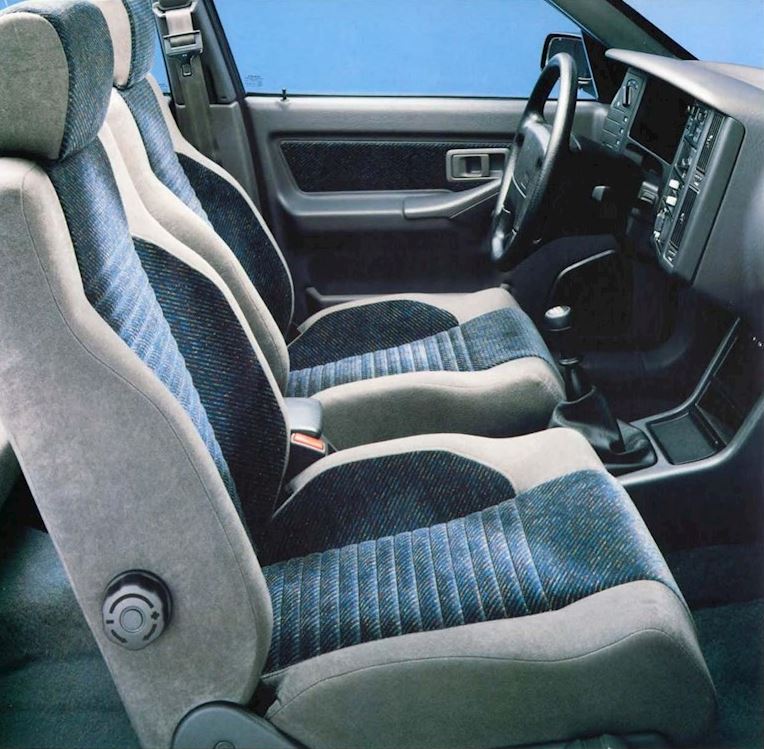
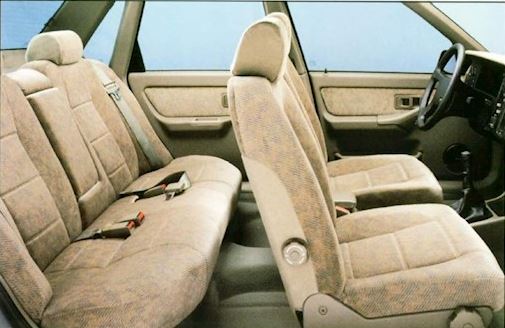
The rear seats also have headrests and can be reclined 1/3-2/3. In the 480, the angle of the backs of the rear seats can be adjusted in two steps. Depending on the equipment, the side windows can be moved with a motor, the cars are equipped with central locking and an alarm, as well as a pollen filter. The color range of the plush, semi-leather and leather versions of the interior upholstery is diverse.
The materials and images on the website are the property of „Volvo Car Corporation” and hungarian Volvo owners!